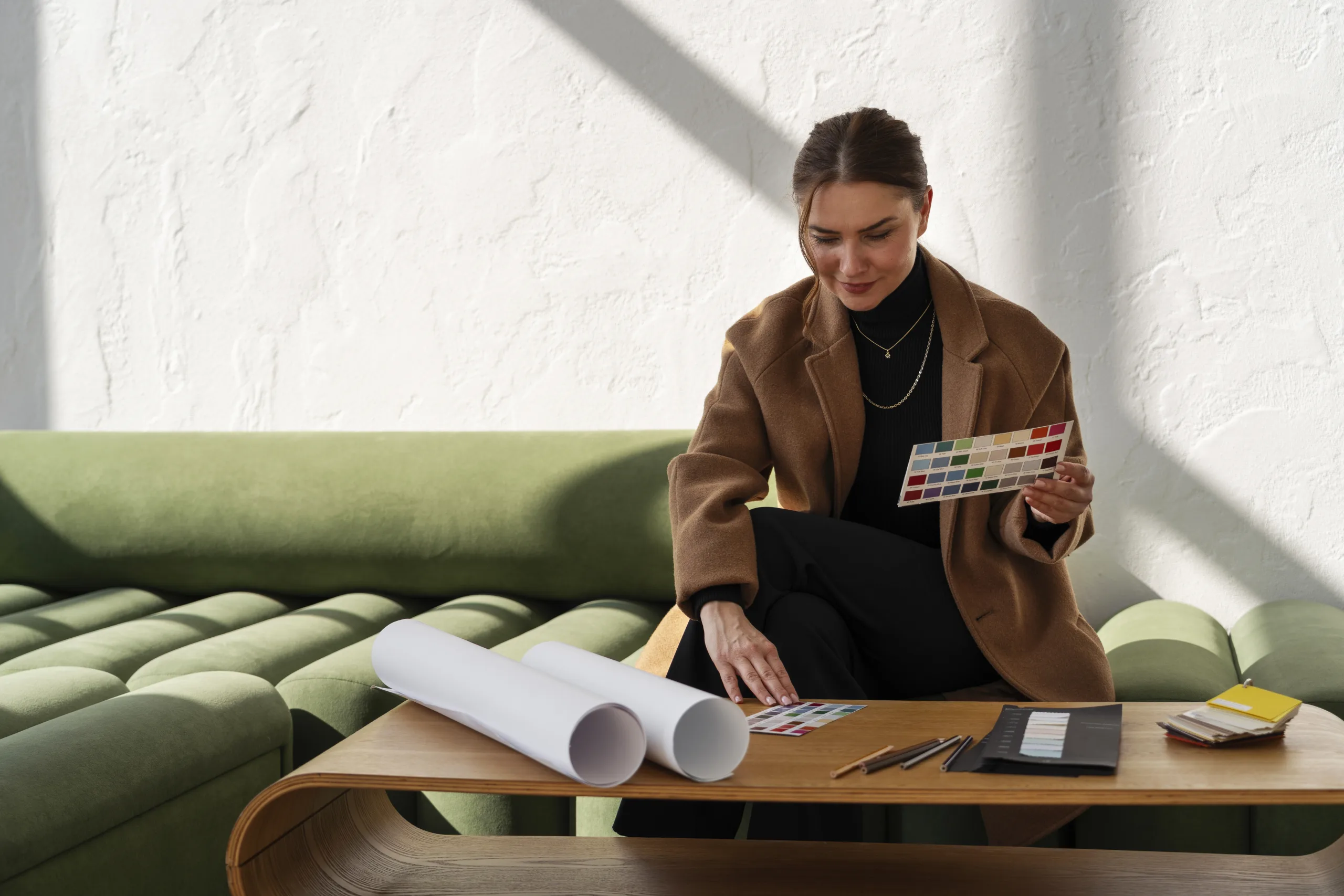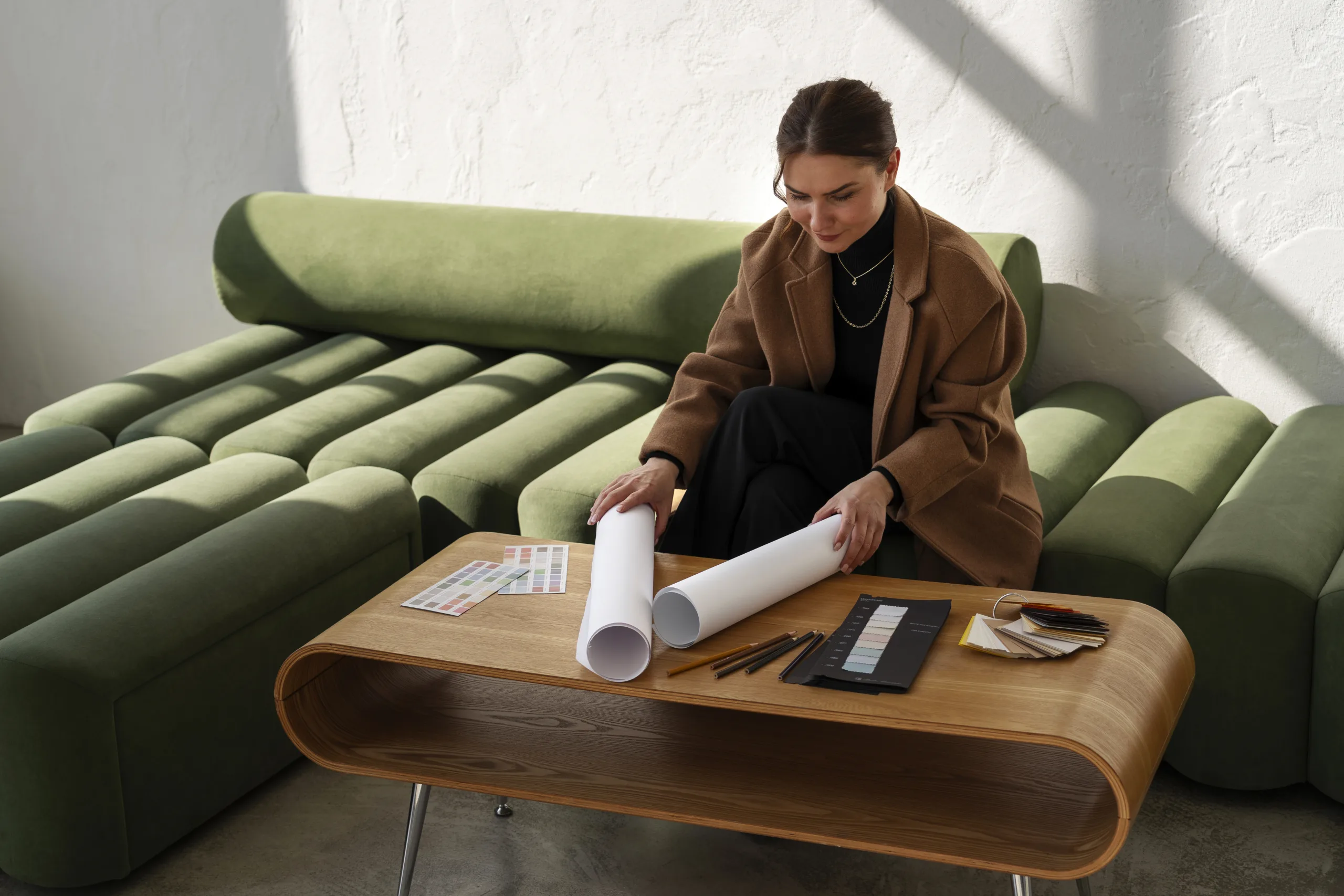
Innovative Mini Restaurant Interior Design Ideas

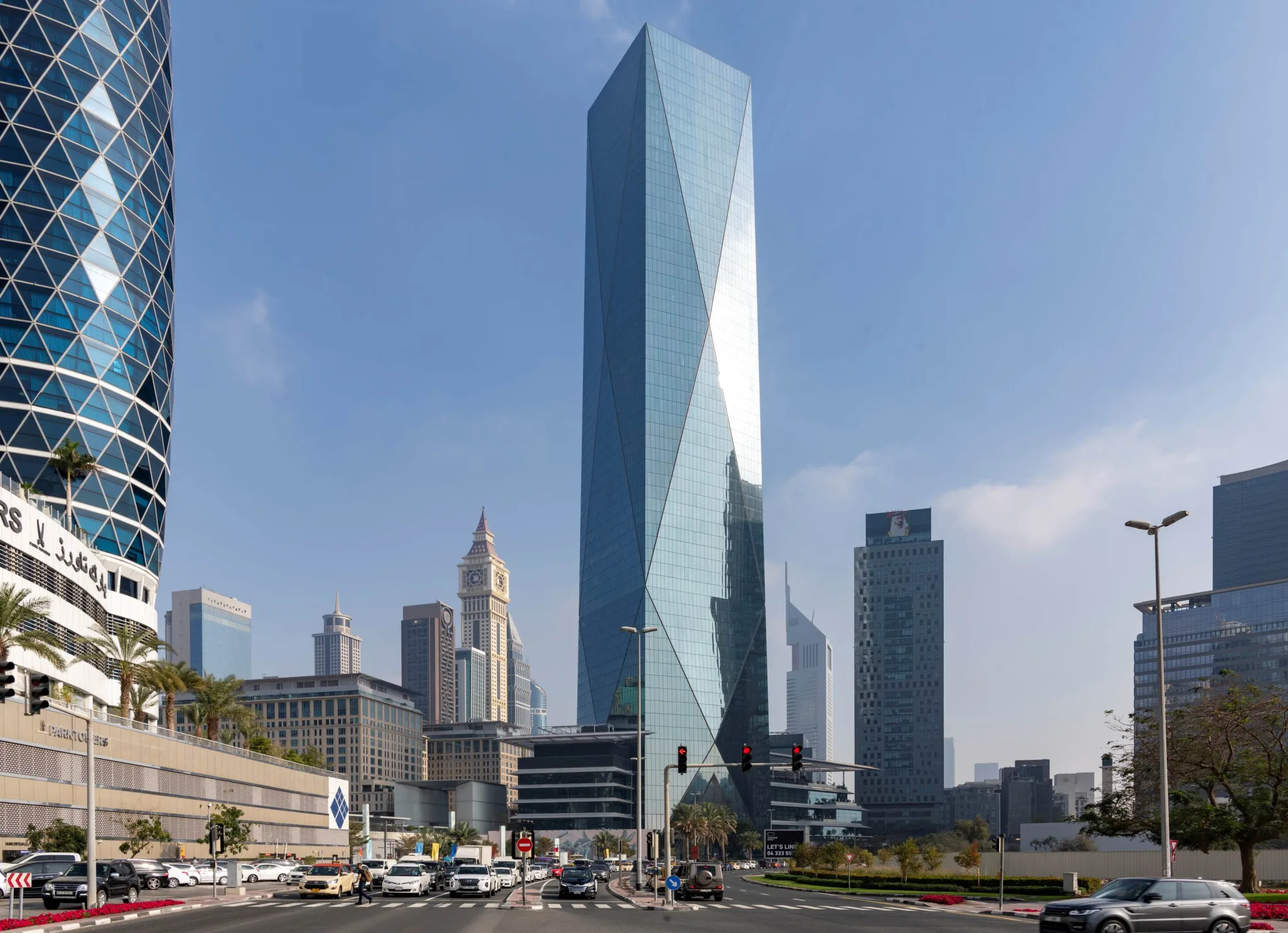
Rina
Running a small restaurant isn’t just about great food, it’s about creating a space where people want to stay, chat, and come back again.
With the right interior design, even the tiniest dining space can feel stylish, comfortable, and memorable.
Let’s dive into some innovative mini restaurant interior design ideas that turn limited square footage into a big dining experience.

Why Design Matters in Small Restaurants
Your interior tells your story before the menu does. For small restaurants, every corner counts. Smart design can make your space look larger, improve customer flow, and create the right mood. It’s not about size, it’s about how you use it.
Maximizing Space Without Sacrificing Comfort
In a mini restaurant, functionality is everything. Choose compact tables and chairs that can be easily rearranged for groups or solo diners.
Wall-mounted benches, foldable tables, and modular seating give you flexibility during rush hours.
Lighting: The Secret Ingredient
Good lighting is like seasoning too little and the place feels dull, too much and it loses warmth. Use soft, layered lighting with warm tones to make small areas cozy.
Pendant lights over tables add intimacy, while large windows flood the space with natural light.
Color Psychology in Compact Spaces
Colors shape emotions. Lighter shades like beige, mint, or blush make a restaurant feel airy and open. If you want energy, use accents of mustard, teal, or terracotta.
Avoid heavy dark tones unless balanced with strong lighting and mirrors.
Minimalist Layouts That Feel Luxurious
The best mini restaurants don’t overcrowd their space.
Instead, they focus on one clear visual story, a sleek bar counter, a feature wall, or elegant tableware. Simplicity leaves room for comfort and conversation.
Creative Wall Design Ideas
Walls can do more than hold paint. Add depth with mirrors to double the visual space. Green walls or vertical gardens bring freshness and life indoors.
Murals or textured tiles add personality without cluttering the floor.
Functional Yet Aesthetic Furniture
Think of furniture as multitaskers. Benches with built-in storage, stools that slide under counters, or tables that fold against the wall make space management effortless.
Choose pieces that match your brand’s vibe, from raw wood for rustic cafes to sleek metal for modern diners.
Small Restaurant Themes That Work
-
Industrial Chic: Exposed pipes, brick walls, and Edison bulbs.
-
Boho Natural: Wicker chairs, plants, and earthy tones.
-
Modern Minimalist: Clean lines, monochrome palette, clutter-free layout.
-
Retro Diner: Neon signs, checkered floors, and bold colors.
Each theme tells a story. Pick one that fits your cuisine and target audience.
Smart Material Choices for Durability and Appeal
Compact restaurants face heavy wear and tear. Use materials that last quartz counters, laminate flooring, and stain-resistant fabrics.
Eco-friendly options like bamboo or recycled wood add a sustainable edge without losing charm.
Integrating Technology Seamlessly
Modern diners love convenience. Use QR code menus, digital payment systems, or subtle tablet ordering setups. Add power outlets near tables for guests working on laptops.
It’s a small gesture that adds big value.
Open Kitchen Concept for Transparency
An open kitchen in a small restaurant can actually expand the visual space. It gives customers a sense of connection and trust, showing your chefs in action.
Just keep it spotless, it’s part of the dining show.
Sound Design: Managing Noise in Tight Spaces
Small spaces amplify sound easily. Use soft materials like rugs, curtains, or upholstered seating to absorb echoes.
Acoustic panels hidden behind art pieces can keep conversations comfortable.
Branding Through Interior Design
Your interior is part of your identity. Match the colors, fonts, and decor with your logo and menu design. A consistent look makes your restaurant recognizable even on social media.
Outdoor Extension: Tiny Terraces and Sidewalk Dining
If you’ve got even a few square meters outside, use them. Compact patios or curbside tables attract passersby and expand your seating capacity.
String lights and planters can turn a sidewalk into a cozy evening spot.
Sustainability Meets Style
Eco-conscious design is no longer a luxury; it’s an expectation. Use energy-saving bulbs, water-efficient fixtures, and locally sourced decor. Customers appreciate authenticity and responsibility.
Final Touches That Elevate the Experience
The little things make a big difference background music that matches your vibe, signature scents, or table accessories that reflect your story.
These sensory cues turn casual visits into memorable experiences.
Conclusion
Designing a mini restaurant is like cooking a great meal balance is everything.
With the right mix of creativity, functionality, and warmth, you can turn even the smallest space into a destination.
Remember: a great design doesn’t just attract customers; it keeps them coming back.
FAQs
1. How do I make a small restaurant look spacious?
Use mirrors, light colors, and vertical storage to create visual depth and openness.
2. What color schemes work best for small restaurants?
Neutral bases with warm or pastel accents work well. They make the space inviting without feeling crowded.
3. How can I design my restaurant on a tight budget?
Reuse materials, buy second-hand furniture, and invest in lighting, it’s the most cost-effective design tool.
4. Is an open kitchen suitable for every small restaurant?
Only if you can maintain hygiene and airflow. When done right, it adds charm and transparency.
5. How important is branding in interior design?
Extremely. A cohesive visual identity strengthens brand recall and helps your restaurant stand out online and offline.
SUBSCRIBE
Sign up to receive regular insights and lifestyle articles from Studio by DH, The Edit.
Sign up to receive regular updates and newsletters


Apartment Renovation Contractors in Dubai: Questions to Ask Before Hiring
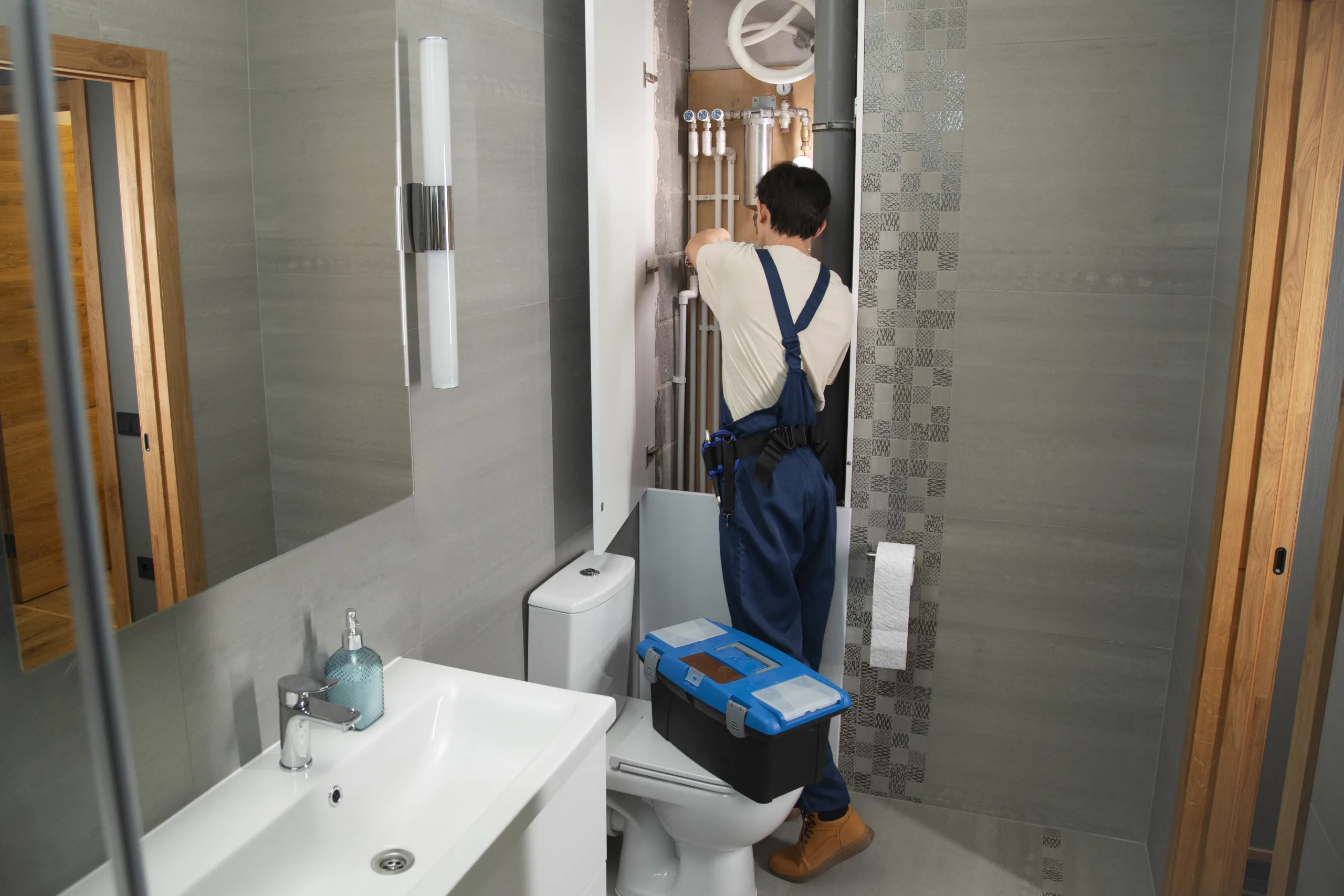
Bathroom Renovation Dubai: Cost vs. Quality
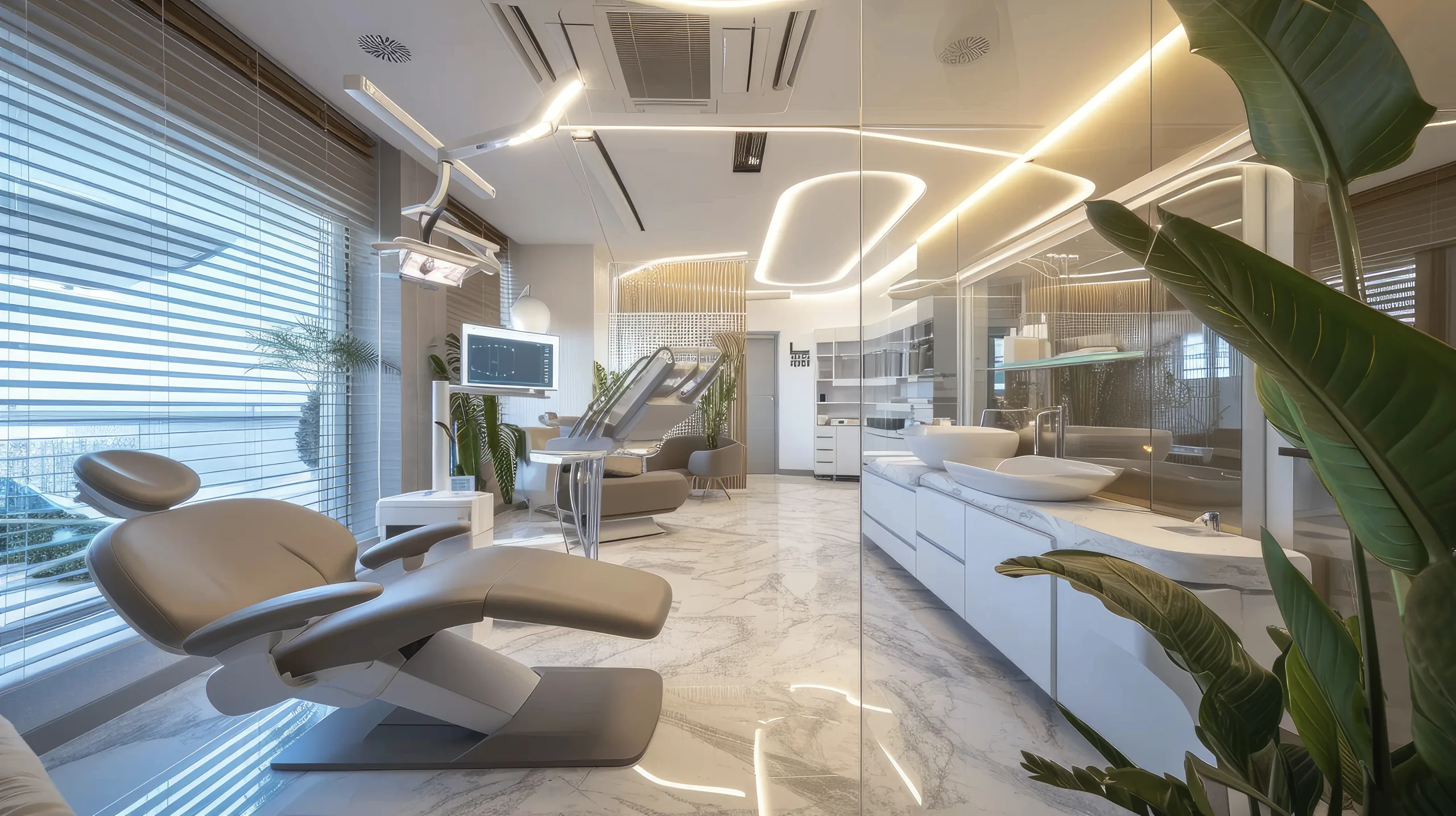
Clinic Interior Design in Dubai: Balancing Care and Style
